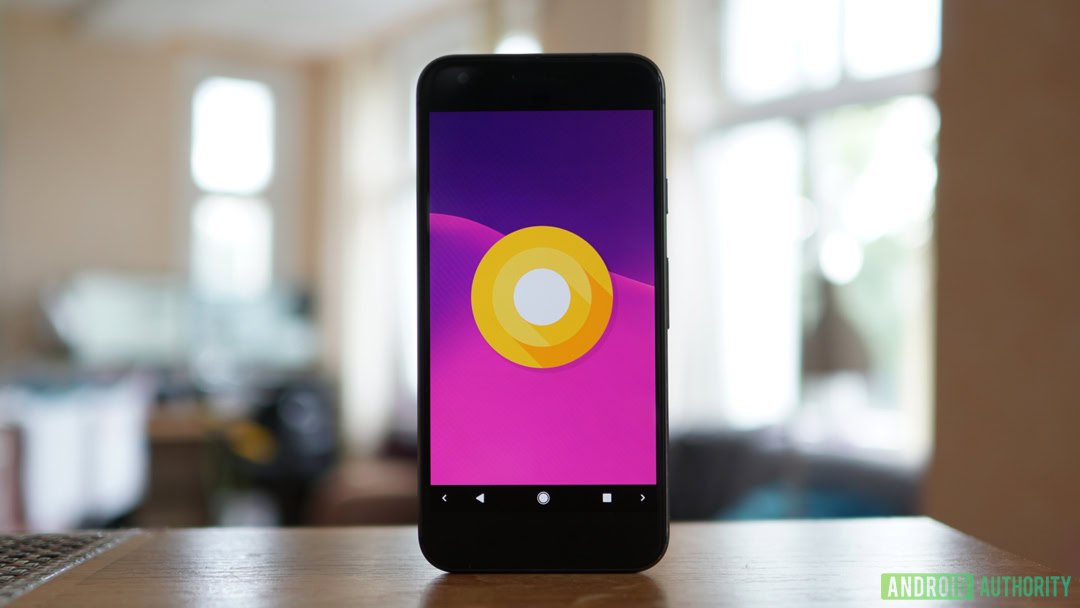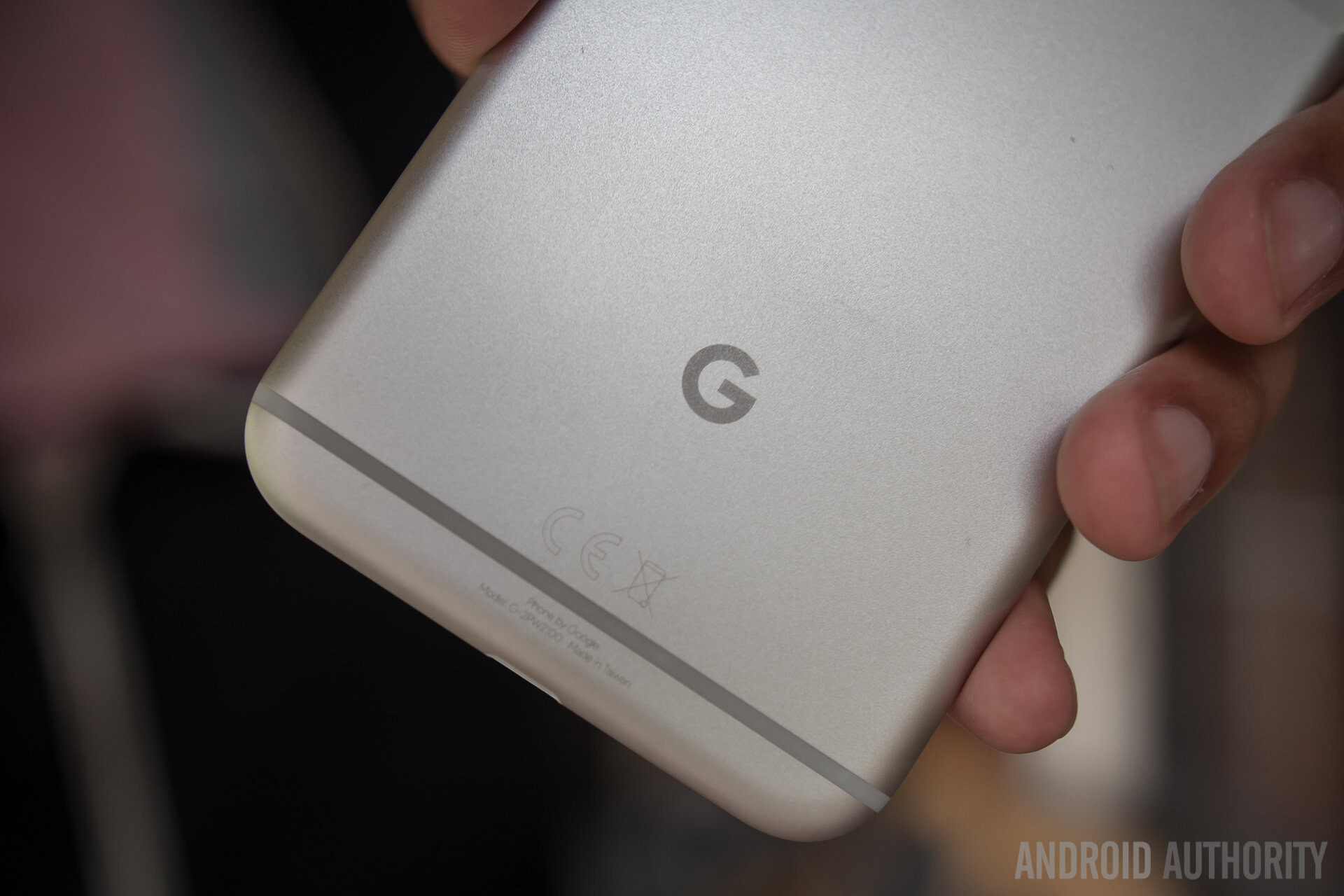Affiliate links on Android Authority may earn us a commission. Learn more.
You can enable Always On Display on your Android Oreo ROM
Published onSeptember 14, 2017

Although it’s hidden, probably set to officially launch with the Pixel 2 duo, it turns out that you can actually enable Always On Ambient Display mode on your Android Oreo ROM with a simple tweak.

Ever since the release of Android O Developer Preview 3, there have been speculations regarding whether Google would finally be bringing a native Always On Display mode to its OS. Unfortunately, among the myriad of exciting features that Android 8.0 Oreo brought – including Project Treble, Notification Dots, and a revamped notification bar – AOD was nowhere to be found. Well, it turns out, Android Oreo actually retains its support for AOD; it’s just tucked away and disabled for now.
According to XDA-Developers, if your phone is rooted and running on an Android Oreo ROM, you can make a simple modification to the commit found under “AmbientDisplayConfiguration.java.” Essentially, the AOD feature is there but is hard-coded to be not visible within settings because it “does not work properly yet.” Once you change the “false” to “true,” however, you should see the option to enable Always On Ambient Display inside System UI Tuner. There are multiple unofficial ports available on XDA-Developers, some of which have this enabled already.
If your phone is rooted and running on an Android Oreo ROM, you can make a simple modification to the commit found under 'AmbientDisplayConfiguration.java.'
The post states that Google’s implementation works similarly to AOD modes offered by companies like Samsung and LG: the clock stays on while the screen is off, and when you receive a notification, the full content is displayed before fading into an app icon. Here are some photos:
It is possible that Google is still in the process of adding some final touches to the feature, and it is possible that it will never see the light of the day. However, what’s more likely to happen is that Google will officially announce Always On Ambient Display when it takes the wraps off the Pixel 2 duo this fall. After all, just like first-generation Pixel phones, this year’s flagships from the search giant are expected to sport OLED-based screens, and with more and more OEMs offering AOD, it only seems logical that Google will follow suit.
Do you think Google will bring native AOD support to Android? Let us know by leaving a comment below!